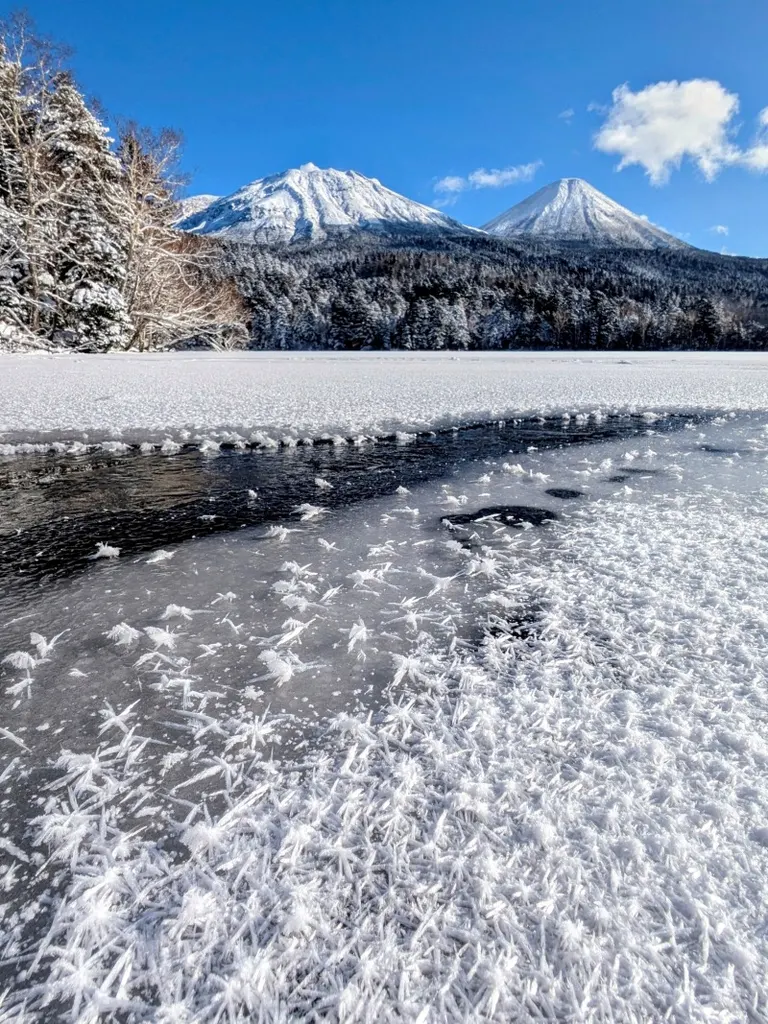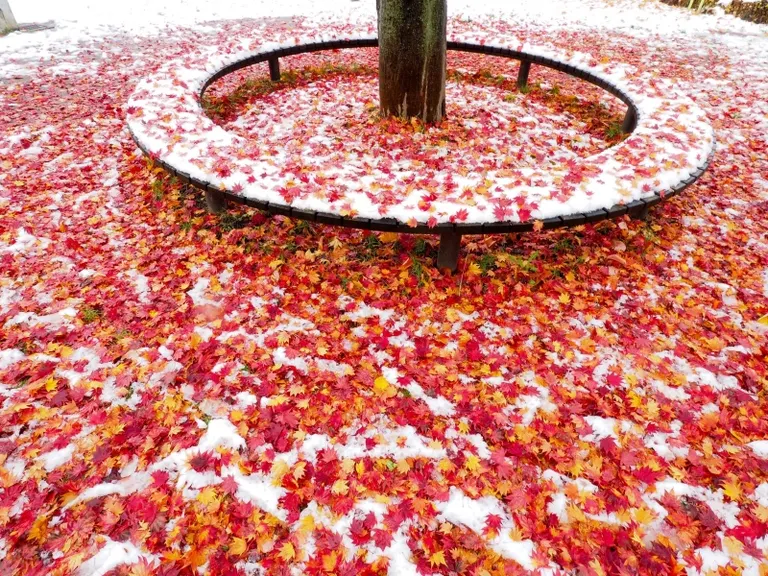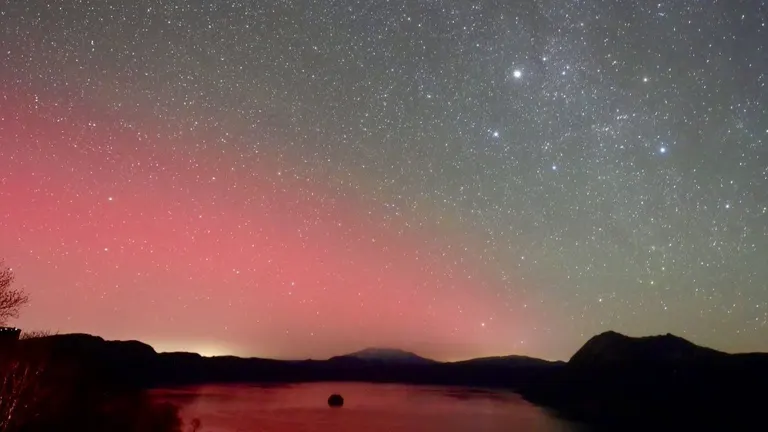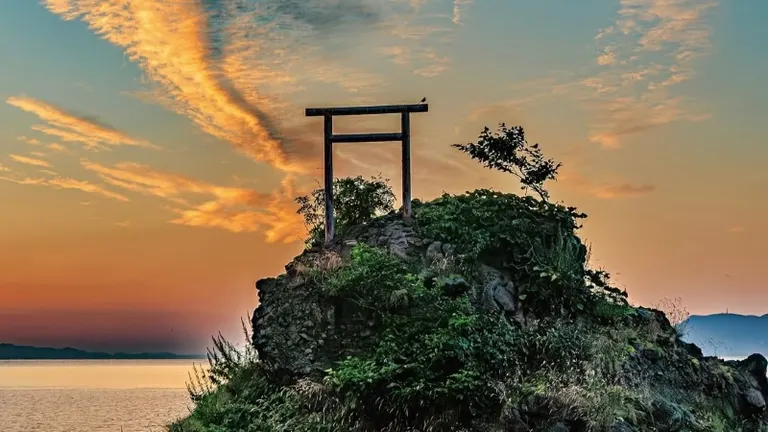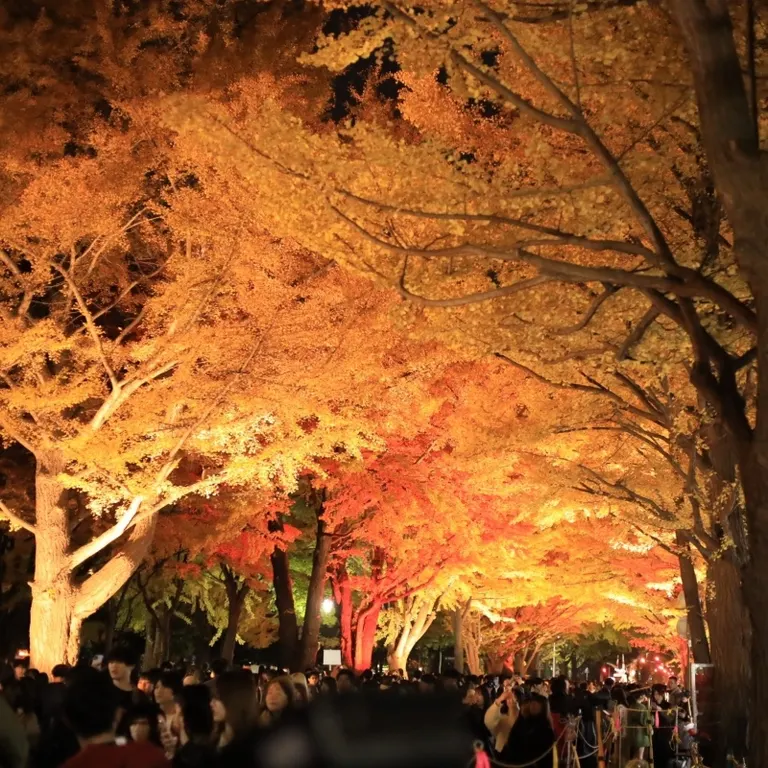![The charm of Mt. Nishibetsu, the symbol of Shibecha Town [Series "Nakamichi Tomohiro's Shibecha Weather" (9)]|Domingo](https://p1-634a4370.imageflux.jp/w=768,f=webp:auto,q=78/https%3A%2F%2Fdomingo.ne.jp%2Fwp%2Fwp-content%2Fuploads%2F2022%2F07%2F250b036f6a5e89eb4d41a7eac19aa25a.jpg)
ARTICLES
The charm of Mt. Nishibetsu, the symbol of Shibecha Town [Series "Nakamichi Tomohiro's Shibecha Weather" (9)]
Hello everyone. I am Tomohiro Nakamichi from Shibecha Town. This is the 9th installment of "Shibecha Weather," where I will introduce the charms of Shibecha Town from my perspective.
This year, climate change has caused abnormal weather, so much so that even Hokkaido is experiencing its rainy season. In June in Shibecha, there was a lot of fog and clouds, and the weather was hard to clear, which made me feel depressed. However, even in such conditions, nature changes from moment to moment, the seasons go by, and the scenery changes. I want to surrender myself to nature and continue to live in harmony with the nature of Shibecha.
Well, this time we will introduce you to Nishibetsu-dake, a mountain that can be said to be the symbol of Shibecha Town!
1. Characteristics of Mt. Nishibetsu 2. Alpine plants of Mt. Nishibetsu 3. View from the ridge to the summit 4. Conclusion
Features of Mt. Nishibetsu
Nishibetsu-dake is a 799m high mountain in Shibecha Town. Although it is a low mountain, it is home to a variety of alpine plants due to the unique winds from Mashu. It takes about an hour and a half to reach the summit, so it is a mountain that can be enjoyed by everyone from elementary school students to the elderly, and even beginners.
The hiking trail is well maintained, and from the final ridge and summit you can see Lake Mashu, Mt. Mashu, Mt. Shari, and even as far as Kushiro if the weather conditions are right. The mountain opens to the public around the end of May every year.
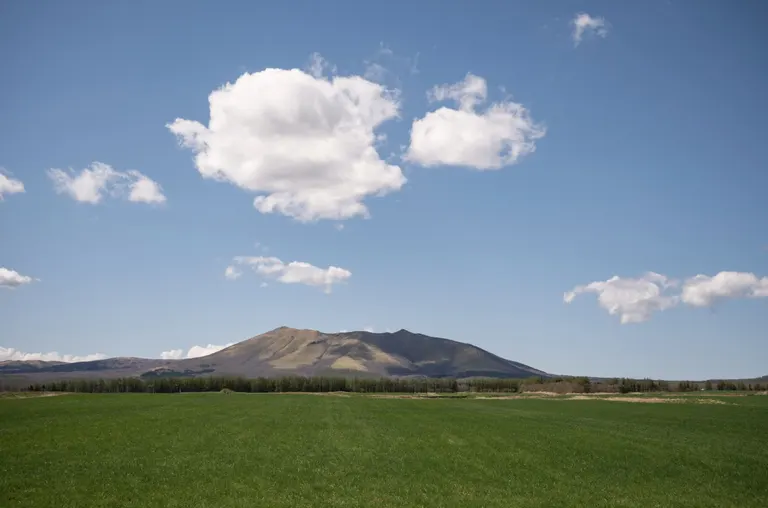
Mt. Nishibetsu dyed in fresh greenery
The most difficult part of climbing Mt. Nishibetsu is the "Gamangaka" slope. As the name suggests, it is a slope that you cannot climb unless you persevere, and it is by no means easy.
It takes about 20 minutes to climb a 20 degree slope without any steps, but it's very tough. Even if you're a strong runner, it's a slope that will leave you out of breath. But if you can get through this, the rest isn't that hard. I urge you to try it too! (laughs)
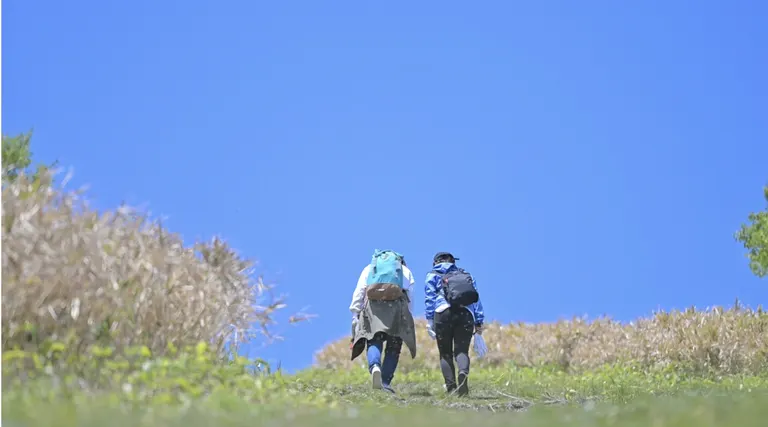
Gamanzaka. Take a break and climb slowly.
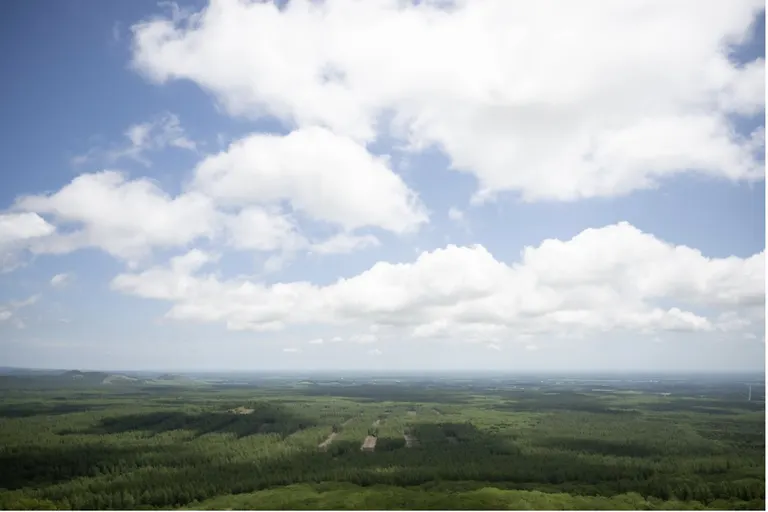
But the views along the way are amazing. The autumn leaves are also beautiful.
Alpine plants of Mt. Nishibetsu
As you gain altitude, you can see a variety of alpine plants. Here are some photos of alpine plants that can be seen at Nishibetsu-dake.
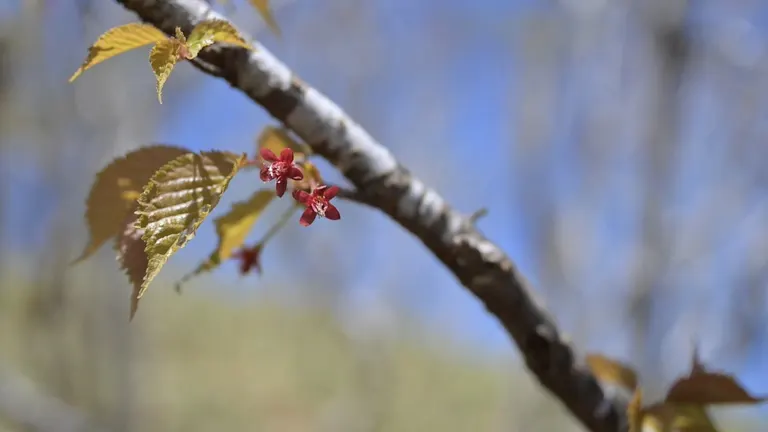
Chishima cherry blossoms. Best time to see them is early June.

Chishima Fuuro
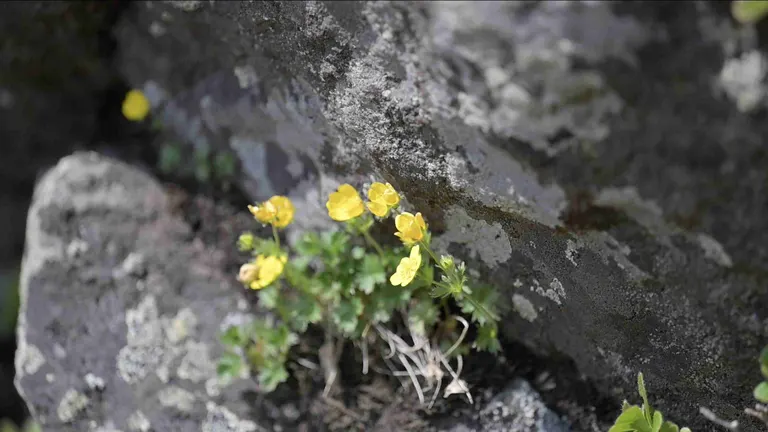
Miyamakinbai
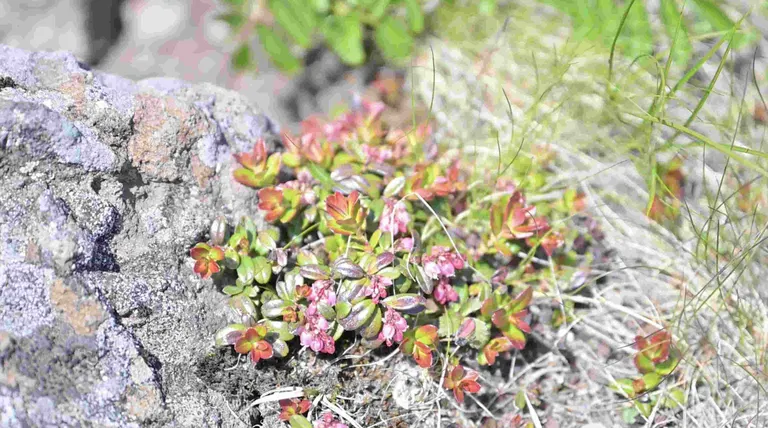
Ezo azalea

Miyama-Odaki
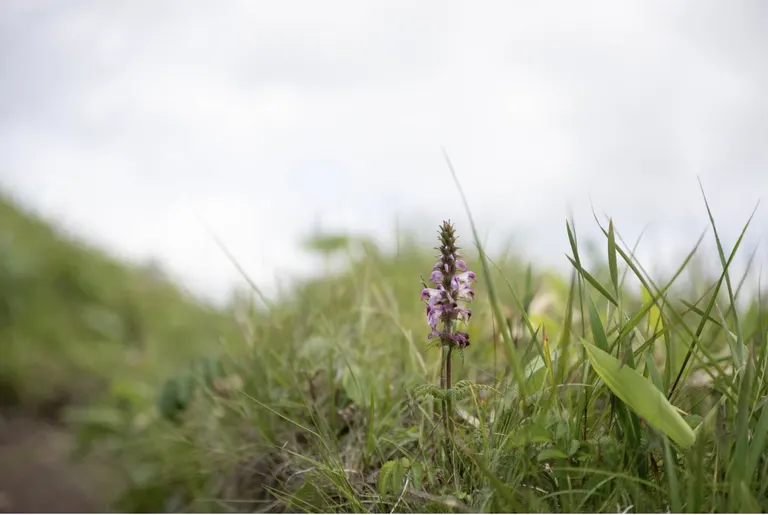
White-legged Plover
I climbed it around mid-June, so I think there are even more varieties now. In addition to the above, you can see a variety of alpine plants such as Iris amplexicaule, Rhododendron amplexicaule, Water Lily, Black-flowered Crane, and Cowberry.
The flowers that bloom vary depending on the season, so it's sure to be fun to climb while wondering "I wonder what's blooming at the moment?" every time you go.
View from the ridge to the summit
The charm of climbing Nishibetsudake that I personally recommend is the "ridge walk." It takes just under an hour to walk along the ridge, and I feel that it is overwhelmingly more beautiful than other mountains.
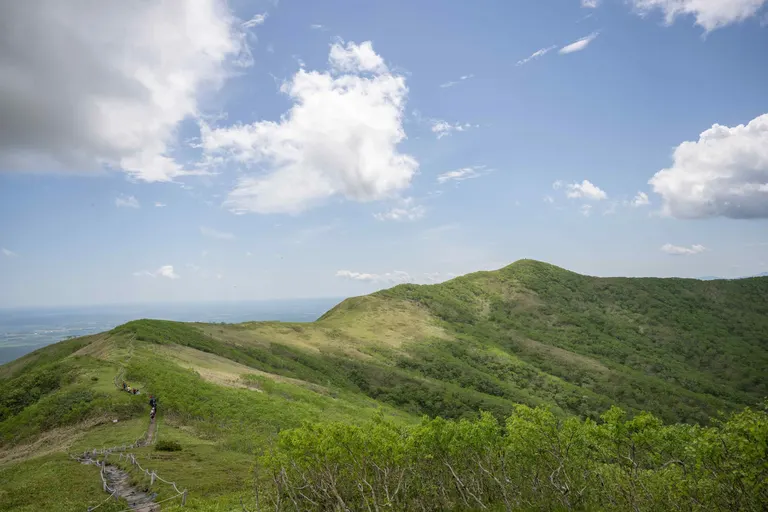
The ridge leading to the summit. The road becomes flat at the end.
Once you reach the ridgeline, you can see Mt. Mashu and Lake Mashu. On the way, there is a slightly lower peak called Mt. Risuke, which has a great view. If you go on a clear day, you can see a wonderful view, so I definitely recommend climbing Mt. Risuke.
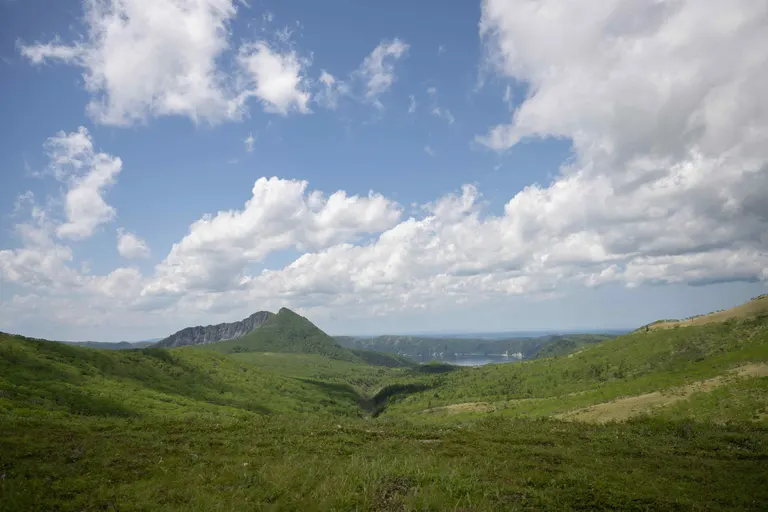
View of Mount Mashu and Lake Mashu from the ridge
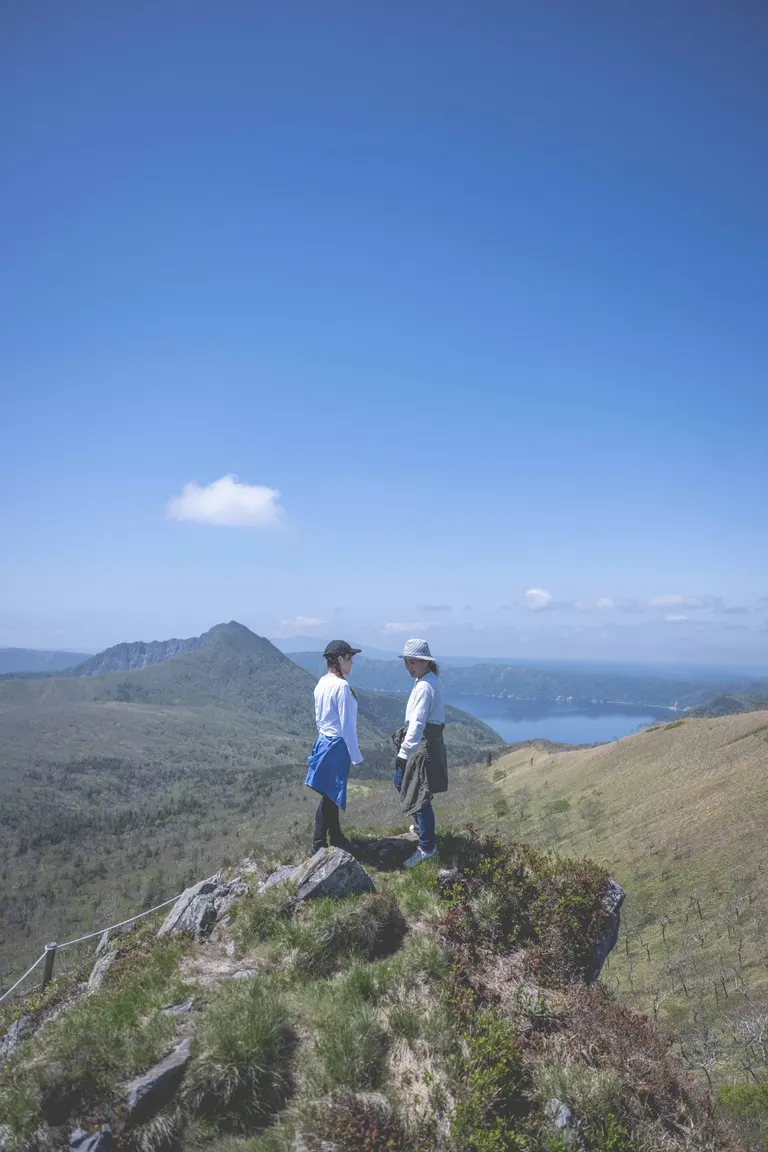
The view from Mt. Riske. The summit is a little narrow, but the view is outstanding.
After about 15 minutes of walking along the ridge, you will safely reach the summit. If you are in good condition, it will take about an hour and a half to get there. From the summit, you can enjoy a 360-degree view, and on a clear day, you can see as far as Kushiro and Abashiri.
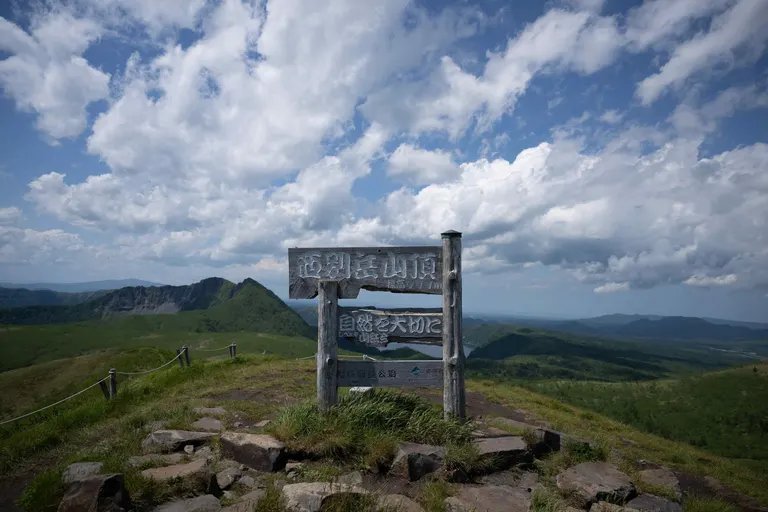
The summit. The altitude is 799m, so when you stand up you are at exactly 800m.
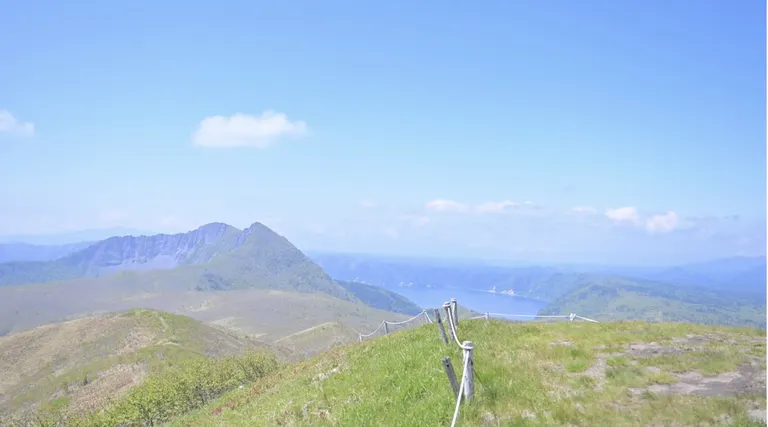
View from the summit
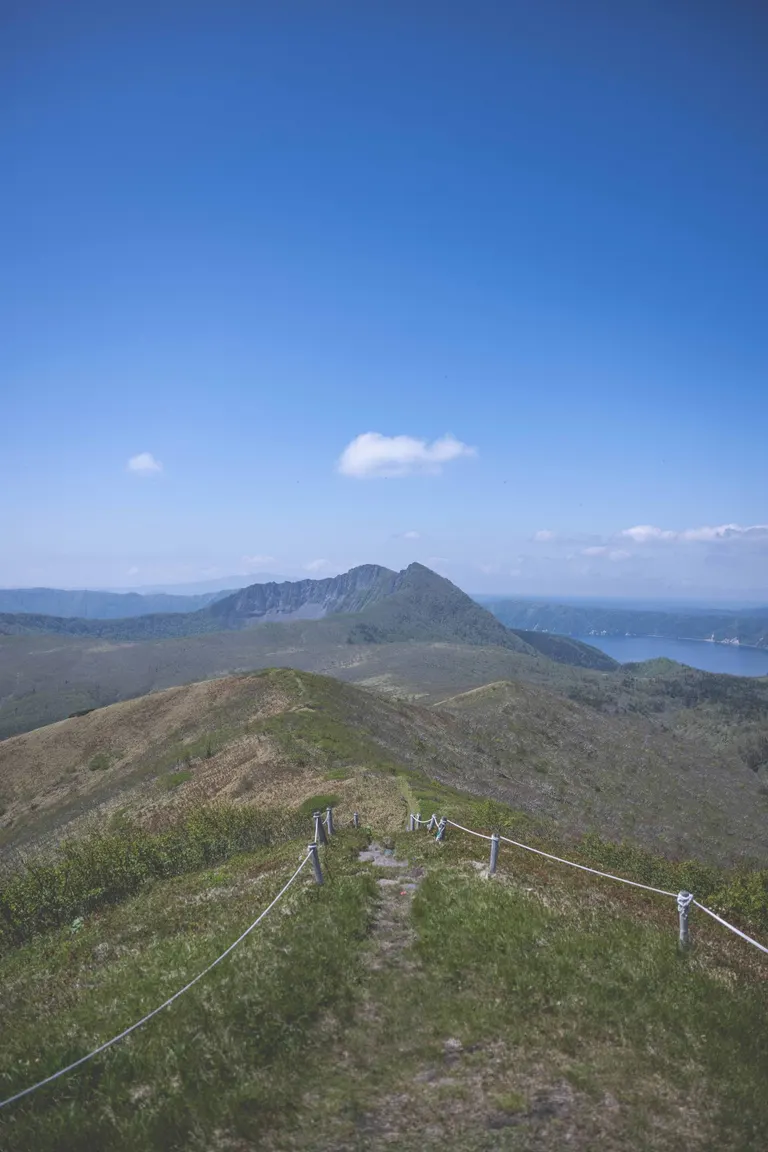
After this, you can also traverse to Mt. Mashu.
Conclusion
What did you think? Nishibetsu-dake is a place that anyone can easily climb and see a magnificent view. The alpine plants that change with the seasons and the autumn leaves are also beautiful. I recommend that everyone try climbing it at least once.
In addition, as part of our efforts to support the local community, we also posted footage of our climb up Nishibetsu-dake on YouTube.
Please check it out!
Previous articles on "Nakamichi Tomohiro's Shibecha Weather"
Part 1: Taking photos and videos in Shibecha, a treasure trove of nature Part 2: What Keiko Nakamoto from "Kurashi Koto Kina" teaches us Part 3: Six months after moving to Hokkaido. Living with nature Part 4: Revitalizing the town through YouTube! What is the true regional revitalization that Shibecha Town is aiming for? Part 5: Pocket Cafe in Shibecha Town. Introducing the SL exclusive menu Part 6: Protecting Hokkaido's horses, the "Hokkaido Washuuma" - Mr. Masato Kohama's challenge in Shibecha Town Episode 7: "I want to convey the beauty of Shibecha through photography" by Kaori Miyazawa Episode 8: Spring has finally arrived! Beautiful new greenery, sunsets, and animals starting to raise their young
Author profile
 Shibecha Town Regional Revitalization Volunteer, Photographer, and Video Creator
Tomohiro Nakamichi
Shibecha Town Regional Revitalization Volunteer, Photographer, and Video Creator
Tomohiro Nakamichi
Born in Noda City, Chiba Prefecture in 1988. Ever since he was a child, he has loved animals and nature, and in his 20s he was involved in training various dogs as a dog trainer. Five years ago he began taking photographs and making videos of nature and animals. He currently lives in the woods of Shibecha Town, Hokkaido, where 20 wolves were kept, with four dogs. He is currently publishing his works on various social media platforms, with the theme of "the relationship between humans and animals."






